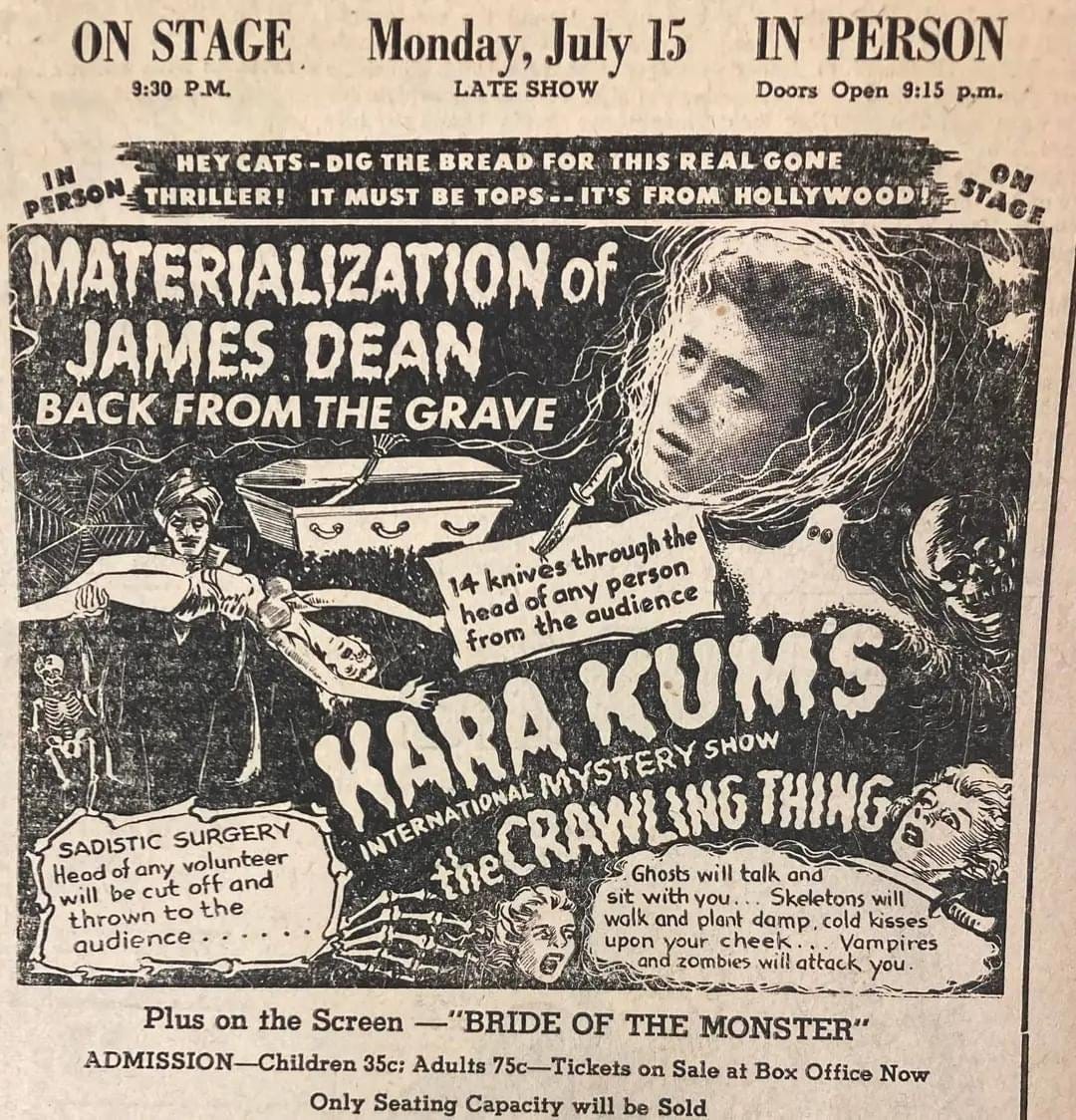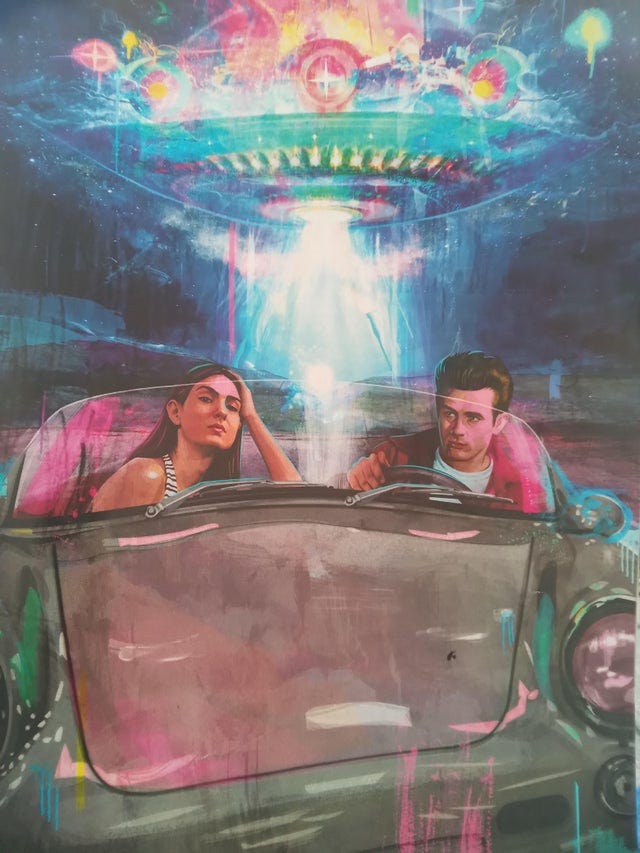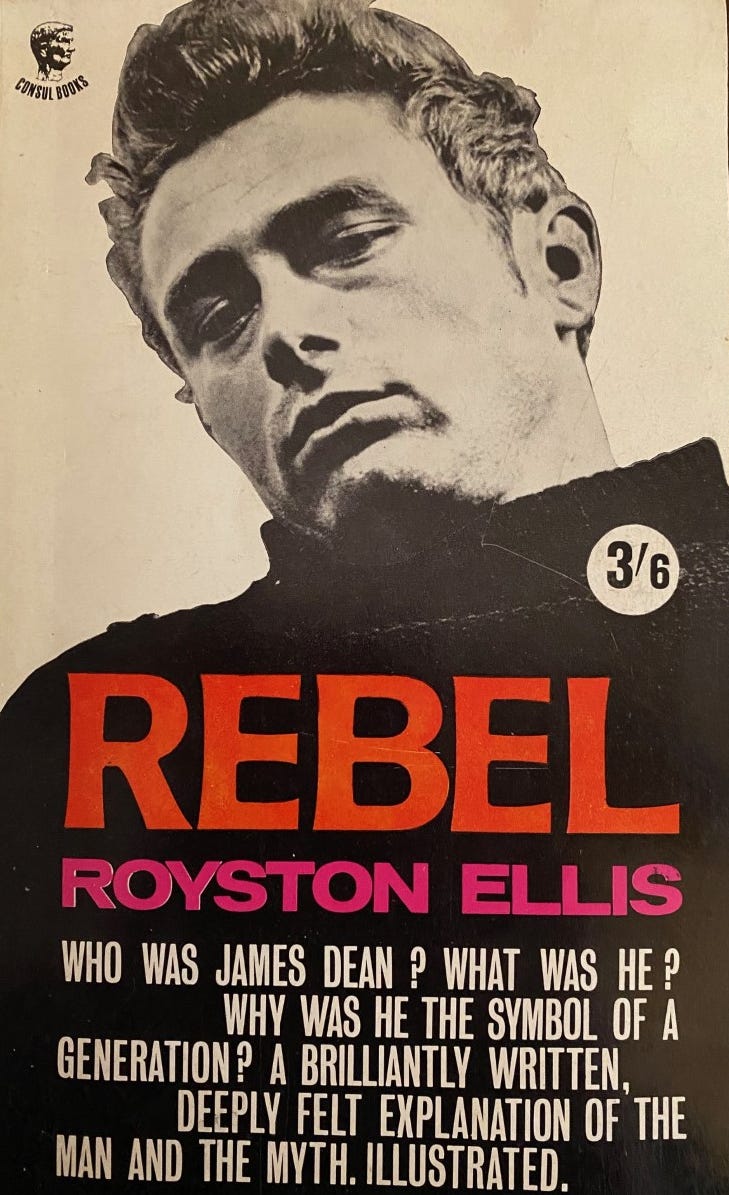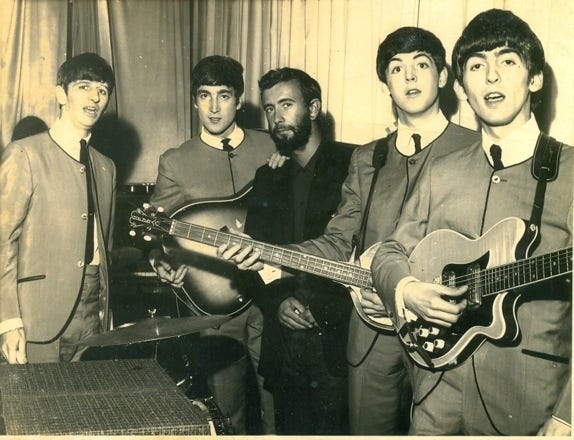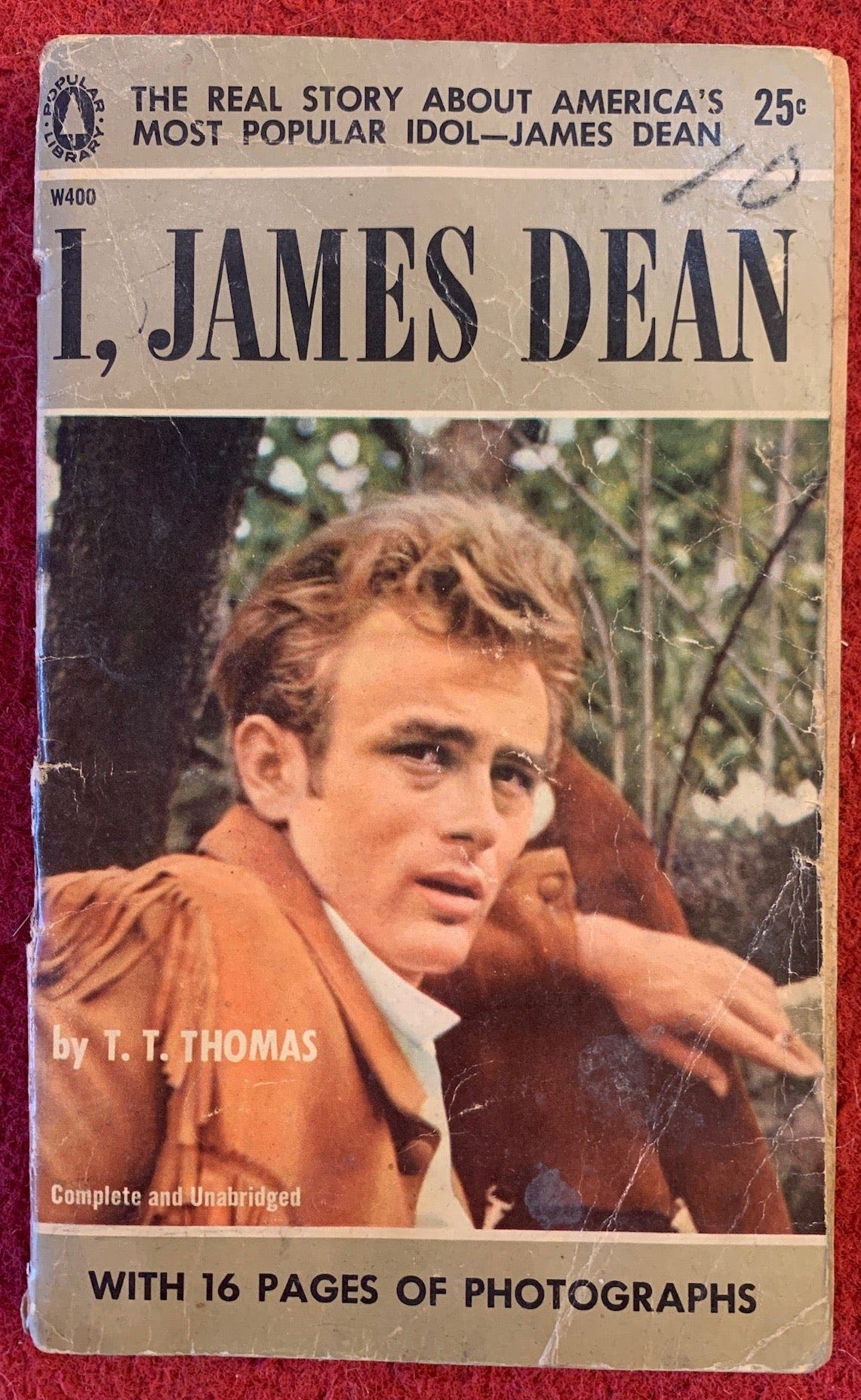- Joined
- Jun 2, 2002
- Messages
- 944
Source
:eek!!!!:Haunted by rebel Dean for 40 years Jul 4 2004
PSYCHIC Monica Pearson claims she was haunted by the ghost of James Dean for 40 years - until she eventually told him to leave.
His presence never worried her and she came to regard him as part of the family.
But when Monica's husband, Jimmy, became terminally ill, she had to say goodbye to the ultimate rebel for good.
"There was no way I could focus on Jimmy with James around," said Monica, 60, who is a member of the Psychic Circle. "I remember sitting in my living room one day and said to him, 'There's no use hanging about - I will love you to eternity, but you have to go. You have to cross over'.
"He still hangs around now and again, I know he does."
Monica, from Bridgend, discovered her psychic gift at a very young age, but she had no idea it was the Rebel Without a Cause actor who had paid her a visit.
She said: "I was 12 and I was sitting in my bedroom reading, and listening to music. I looked up and this man came through the window. He literally melted from outside in. He was solid.
"He looked like a normal human being - he was in a brown suit and had an open neck white shirt. His hair was blonde, eyes blue and he had a cheeky grin. His hands were in his pockets. He walked past my bed and slowly walked through the wall.
"A few weeks later, I went to school and a friend showed me a picture in her magazine of James Dean. Everything went quiet. It was as though time stopped."


